Top Signs Your Car Demands Prompt Crash Repair Service
When assessing post-crash damage, conduct a thorough exterior inspection for visible signs of struct…….
In the aftermath of a car accident, the process of repairing vehicles becomes critical, not only for restoring them to their pre-crash condition but also for ensuring road safety and minimizing environmental impact. This article delves into the intricate world of car crash repair service, exploring its various facets, global reach, and evolving nature. By understanding this industry, we can appreciate its vital role in shaping our transportation infrastructure and gain insights into how it continues to adapt to modern challenges.
Car crash repair service refers to the specialized set of procedures and services designed to restore damaged motor vehicles to their functional and aesthetic condition after a collision. It involves a multi-step process, from initial assessment and safety removal of the vehicle to meticulous repair, painting, and quality assurance checks. This industry is a critical component of the automotive aftermarket, serving both private individuals and commercial fleets.
The history of car crash repair services is intertwined with the evolution of automobiles themselves. As vehicles became more complex and sophisticated, so too did the art of repairing them after accidents. Early repair techniques focused primarily on mechanical repairs, but over time, advancements in materials science and painting technologies revolutionized the industry’s capabilities.
The car crash repair service industry operates on a global scale, with varying degrees of development across regions. According to a 2021 report by Market Research Future (MRFR), the global automotive body shop market size was valued at USD 487.9 billion in 2020 and is projected to reach USD 635.4 billion by 2027, growing at a CAGR of 4.1%. This growth can be attributed to several factors:
The car crash repair service industry is closely tied to the automotive sector, with fluctuations in new car sales directly influencing repair shop revenues. Economic downturns can lead to reduced demand for repairs as consumers defer non-essential expenses, including vehicle maintenance. Conversely, periods of economic growth often result in higher spending on vehicle repairs and modifications.
Repair shops vary in size, from small, family-owned businesses to large, multi-location chains. Smaller repair facilities often focus on specialized services, while larger operations may offer a full range of repair and body shop services. Investments in this sector typically target equipment upgrades, expansion, and digital transformation initiatives aimed at improving efficiency and customer experience.
The industry contributes significantly to global GDP, generating employment opportunities and supporting related industries such as insurance, automotive manufacturing, and parts supply. According to IHS Markit, the global bodyshop market is estimated to employ approximately 12 million people across various regions.
Technology plays a pivotal role in modernizing car crash repair services. Several advancements have transformed the way repairs are conducted:
The future holds immense potential for technological innovation in this industry. Artificial intelligence (AI) and machine learning algorithms can revolutionize damage assessment, prediction, and repair methods. Augmented reality (AR) could enhance technician training and improve on-site repairs. Additionally, the development of self-driving vehicles may alter the nature of accidents and subsequently impact repair processes.
The car crash repair service industry operates within a framework of legal and regulatory guidelines aimed at ensuring safety, environmental protection, and consumer rights:
Despite its critical role, the car crash repair service industry faces several challenges:
After the 2011 Tohoku earthquake in Japan, the country’s car crash repair industry played a pivotal role in restoring damaged vehicles and supporting relief efforts. Japanese repair shops utilized advanced technologies like 3D scanning to assess extensive damage and ensure precise repairs. This case highlights the industry’s ability to adapt quickly and efficiently during crises.
Lessons Learned:
Germany has pioneered the digital transformation of car crash repairs through innovative technologies like AR and AI. The country’s repair shops use augmented reality to guide technicians during complex procedures, reducing errors and improving efficiency. Additionally, AI algorithms predict part requirements based on historical data, streamlining inventory management.
Lessons Learned:
The car crash repair service industry is poised for significant growth and transformation in the coming years. Several emerging trends and potential areas of focus include:
Car crash repair services are an indispensable component of modern mobility, ensuring that vehicles return to safe operating conditions after collisions. This industry’s evolution reflects technological advancements, changing consumer expectations, and global safety standards. As we move forward, the focus will be on enhancing efficiency, sustainability, and customer experience.
By embracing new technologies, adopting sustainable practices, and staying attuned to evolving regulations, the car crash repair service industry can continue its vital role in supporting road safety, environmental protection, and economic growth worldwide. The future of vehicle repairs promises exciting possibilities, with technology at the forefront, shaping a safer and more resilient transportation landscape.
Q: How do I choose a reliable car crash repair shop?
A: Look for shops with good reviews, certifications (e.g., I-Car Gold Class), and experience handling your vehicle’s make and model. Ask for references and compare estimates from multiple shops.
Q: What should I expect during the repair process?
A: The process typically involves damage assessment, disassembly, repairs/replacements, painting, quality checks, and final inspection. Keep open communication with technicians to understand the progress.
Q: Are there ways to reduce the cost of car crash repairs?
A: Yes, you can compare quotes from different shops, negotiate prices (especially for extensive repairs), and consider using genuine parts or aftermarket options for non-structural components.
Q: How do environmental regulations impact vehicle repairs?
A: Environmental laws guide the use of eco-friendly materials, proper disposal of waste (e.g., automotive fluids, old parts), and adoption of technologies that reduce emissions during repair processes.
Q: Can I get my car repaired while it’s still under warranty?
A: It depends on your warranty terms. Some manufacturers allow repairs after accidents, while others may require specific procedures or authorize only original equipment replacement. Check with your manufacturer or insurance provider.

When assessing post-crash damage, conduct a thorough exterior inspection for visible signs of struct…….

A swift and reliable car crash repair service is crucial for efficient vehicle restoration after an…….
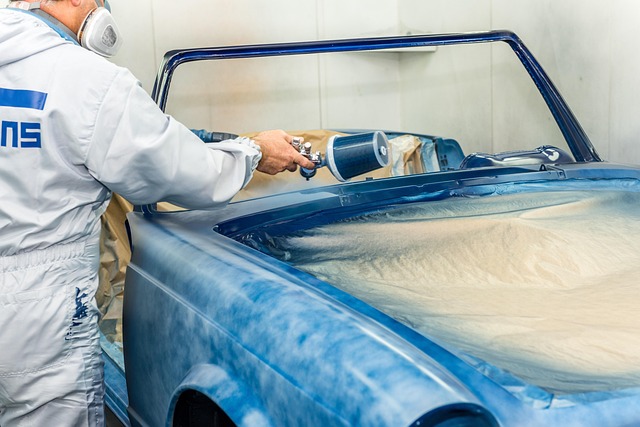
Mobile estimates revolutionize car crash repair services by bringing expert technicians directly to…….

When involved in a car crash, understanding your insurance coverage for repairs is crucial. Comprehe…….

Advanced technology has revolutionized car crash repair services, boosting efficiency, precision, an…….
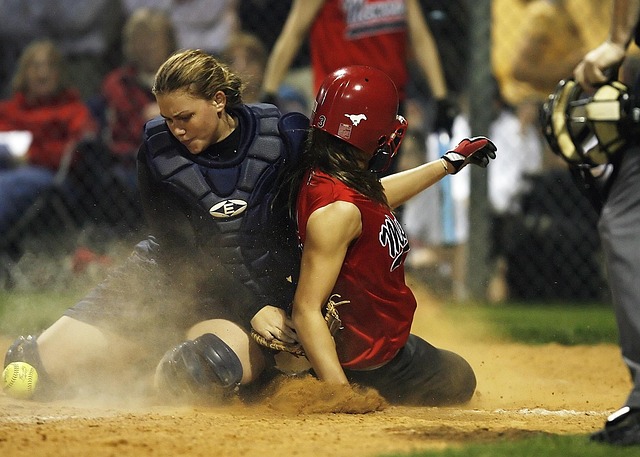
After a collision, even if your car seems drivable, immediate action by a car crash repair service i…….
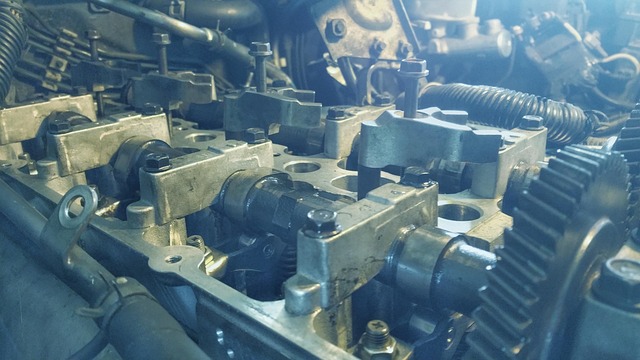
Before choosing a car crash repair service, assess your specific needs, from minor dents to major st…….
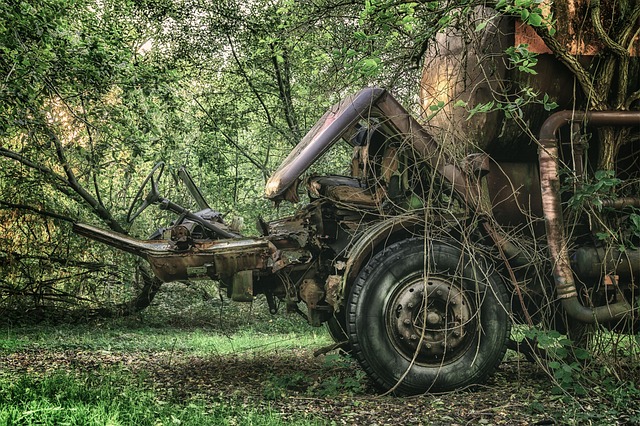
After a car crash, thorough inspection and meticulous documentation of repair work are crucial for e…….
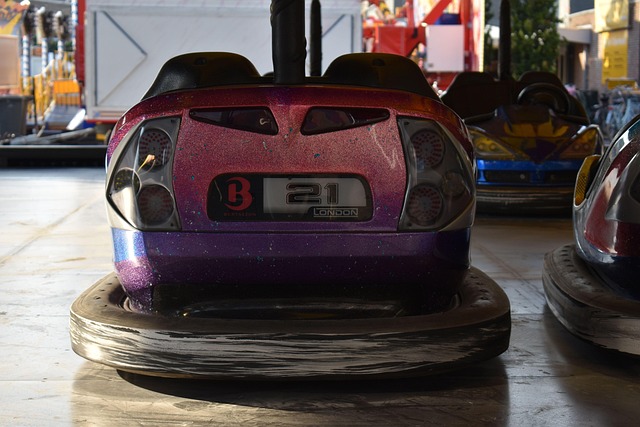
After a car accident, full collision recovery is attainable with professional car crash repair servi…….